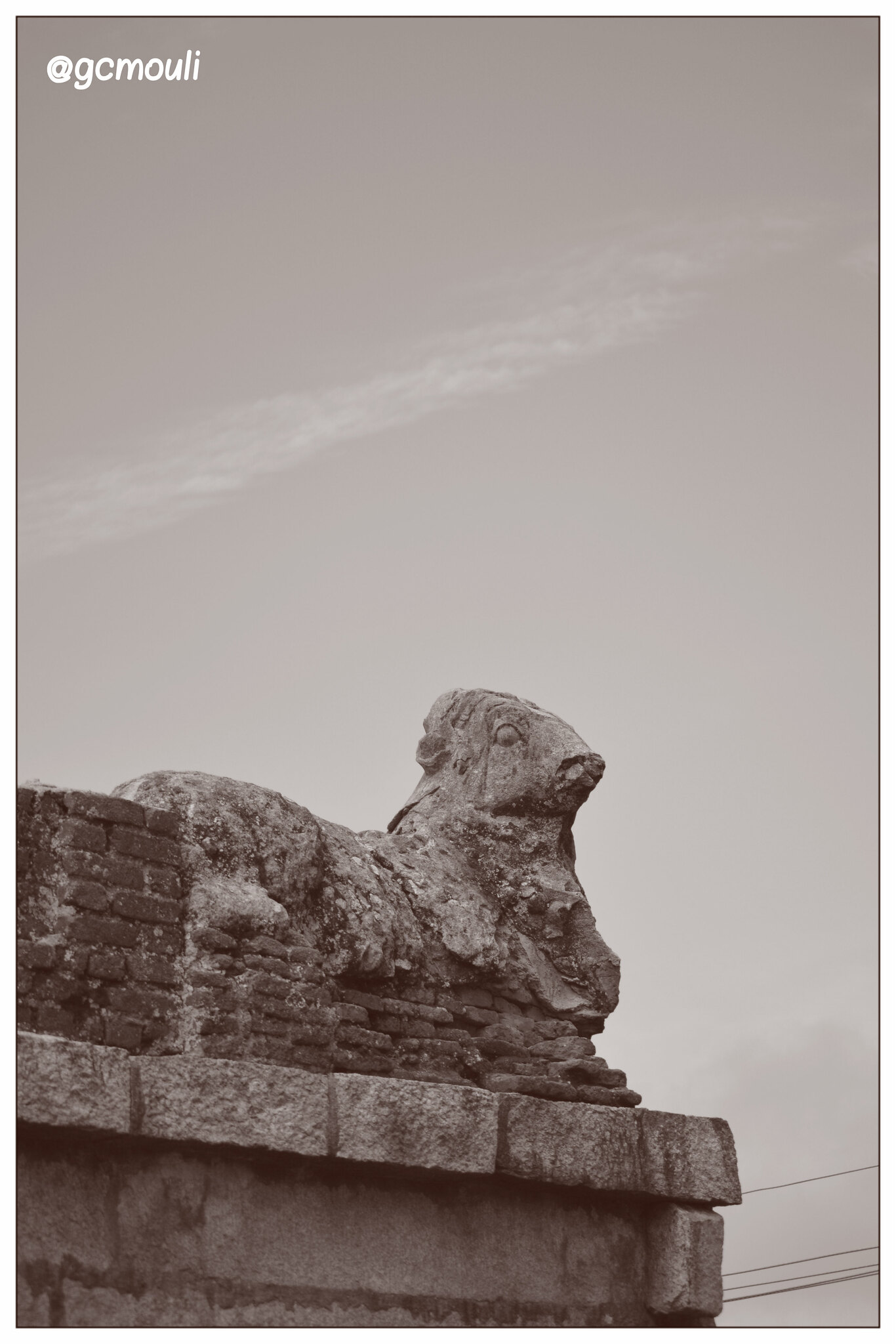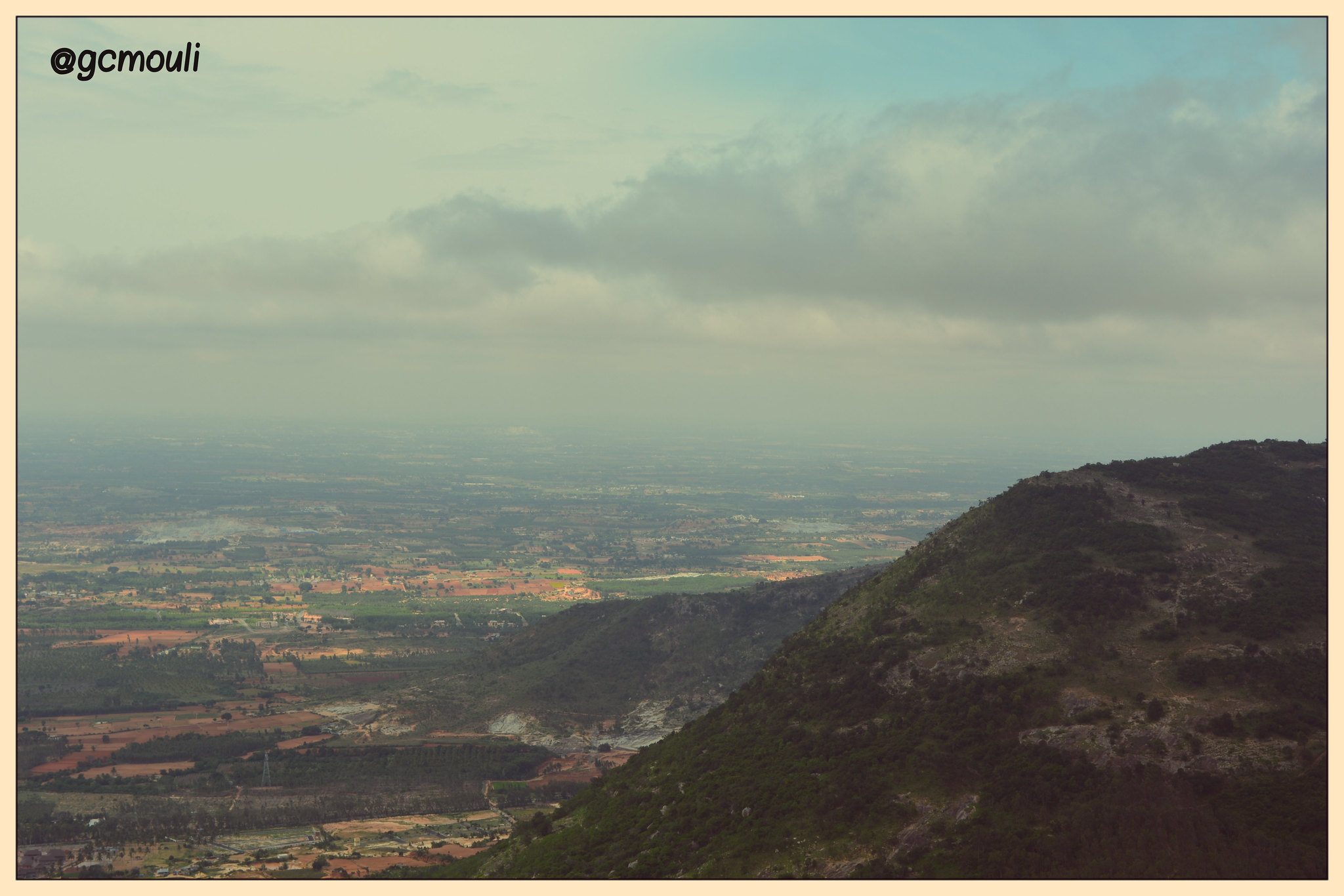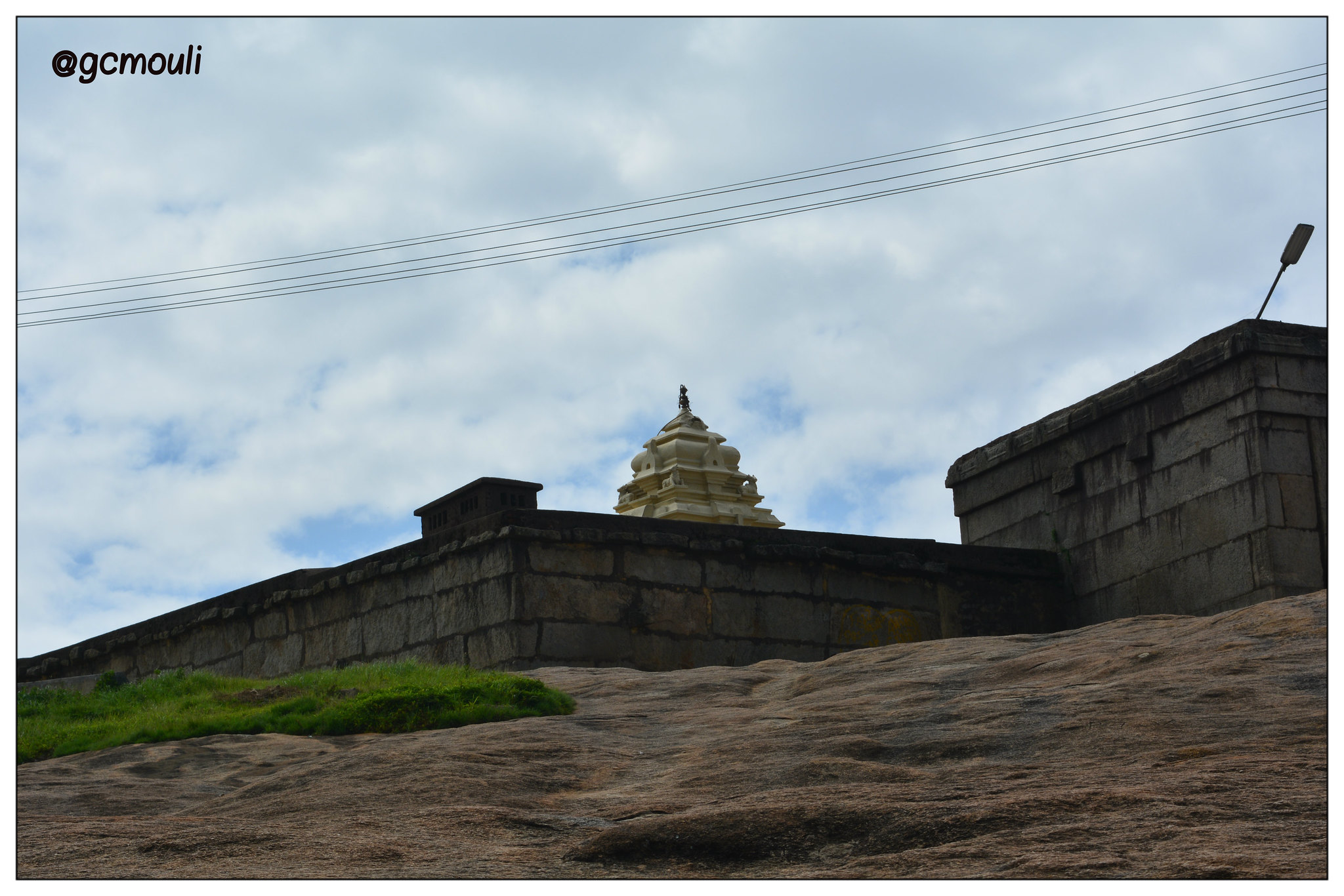Last weekend, my sister, brother-in-law and their kid visited Bangalore, and we used this as an excuse to visit Nandi Hills (which we had never visited so far in the seven years we have lived in Bangalore!).
We started early – around 7:00Am from Koramangala. We took the usual route to the airport that most cabbies take: Viveknagar -> Mother Theresa Road -> Residency Road -> MG Road -> Golf course -> Mekhri circle.
As per plan, we took a slight detour off at RT Nagar and had breakfast at the Vasudev Adigas – at 730AM.
Left Adigas around 830AM and took to Bellary Road. Road is just awesome. Beautifully paved 6 lane road. Pleasure to drive. But do beware of cops who stand with radar speed detectors and can book you (apparently happens very regularly).
After a while, you will see a board to Nandi hills heading left. You will also see a restaurant complex of sorts in that junction. Do take that road even if your GPS does not say so. My MapMyIndia GPS asked me to go straight on and take the next left. The road quality is super bad in the second route.
The Ghat section is a pretty intensive ghat section – not too long, but quite a few hair pin bends. Honk at every turn – because it looks like this ghat section is a favourite for bikers to show off their speed biking skills (especially given that, it is a favourite romantic spot for couples).
Once you reach the top of the hill, there are parking areas. The one at the very top apparently gets filled up very quickly and overflows to the lower level, which is where we parked. This is an area under a larger number of trees and some weird tree house type structures with little or no flooring.
Interesting observation: 5 of the 10 cars that were parked there were zoomcars.
This parking area is just super windy and chill. Do make sure you take a jacket.
You climb up to the actual Nandi hills area via a little walkway and a few steps.
You have a large Shiva temple which looks pretty old. And a Kalyani (temple tank) inside it. This tank is fed by fresh water springs all year long. It is believed that this tank (and its springs) is where three rivers originate – Palaar, Pennaar, and Arkavathi.
There are some neatly maintained gardens and pathways nearby, where you can take a stroll. The two 5 year olds played a bit of football for a while.
There is a Nandini ice cream parlour, where we all had ice creams. There is also a small cafe (small eats like idli, dosa, tea, and coffee are available), where all had tea/coffee.
Warning: There are a large number of monkeys. Even if they see you having something resembling food, they will come and grab from your hand. In fact, if you do even so much as to sit on some of the park benches, they think, you are going to eat, and approach you.
The monkeys scared the living daylights out of us, and we left in about an hour. Over the course of the half hour, we saw monkeys snatching chips packets from small kids, snatching ice-cream bars from older people’s hands, and such.
We left from there around 11am and back in the city by around 1:15pm.
Overall observations:
- Nice views from the top
- It is a good picnic spot – but without food.
- Beware of monkeys
- We missed an old temple at the base of the hills – with two 5 year olds, this is how much we could cover.
- It is a place that you can visit once – nothing more to do multiple visits – would be boring.
Pictures:












